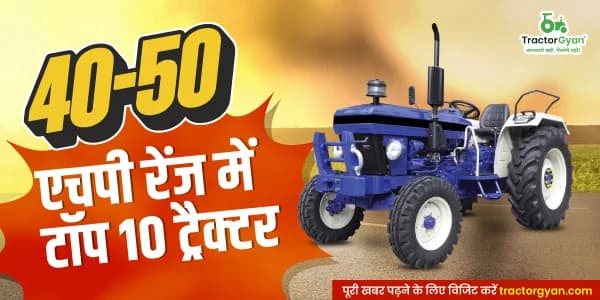Stubble Burning: Effects & Alternatives of Stubble Burning | Tractorgyan
टेबल ऑफ कंटेंट
How often do we see heaps of dried crops burning on the fields during the end of a crop cycle, well these burning crops are not arson or an accident, it is what the professionals and experts call Stubble-burning. They are mainly done on the remains after harvesting grains such as rice and wheat. Stubble-burning is witnessed mostly in the northern states of India such as Punjab, Haryana, etc. Many farmers rotate between crops and in order to do it they burn leftover plant debris after harvesting rice. It is mostly done for the rotation between wheat and rice crops.
Historically speaking the practice of Stubble-burning was started so that farmers could start sowing two types of crops on the same land to increase their income and produce more crops. It is cheaper and easier than other removal methods. Even though it is considered to be somewhat harmful but still in some areas of the world it is considered permissible only to some extent limited quantity. For example in some Canadian states, it is okay to practice Stubble-burning for 5% only while in India in Punjab the state has denied it completely to use Stubble-burning due to its rising pollution levels in northern states of India as well as several forest fires which were initiated due to Stubble-burning.
Effects of Stubble-burning on Environment

Stubble-burning has some ill effects on the environment which has got everyone concerned, even the authorities. Not only does it hold the potential to harm the cattle living nearby, but also increases air pollution because it has been considered and proven to be the reason of several harmful toxic gasses and is a source of toxic pollutants such as carbon dioxide, carbon monoxide, nitrogen oxide, etc. according to an article on science direct, it is estimated that over 32M stubble is generated in India on an annual basis.
During the months of winter, that is October to December most Indian cities, especially within the National Capital Region (NCR) experience harsh pollution often reaching severe levels of the air quality index (AQI).
Not only does Stubble-burning affect the air quality but it also harms the soil quality by making the soil less fertile, by causing damage to the nutrients present in the soil which are responsible for fertility. Apart from this these burnings can also turn into a huge fire or result in Arson which as reportedly already has occurred in the state of Punjab as a result of which it is restricted.
Effects of Stubble-burning on Agriculture
1. Loss of nutrients
2. Pollution from smoke Including greenhouse gasses and others that damage the ozone layer
3. Damage to electrical and electronic equipment from floating threads of conductive waste
4. Risk of fires spreading out of control

Stubble-burning is not only harmful to our environment but it has some significant effects on agriculture as well. When it comes to agriculture, it has various negative effects which are mentioned below:
-
Loss of nutrients: When the crops residuals have burned the nutrients in the land are also burned out.
-
Pollution from smoke Including greenhouse gasses and others that damage the ozone layer: Pollution of any kind is bound to reach and affect the ozone layer but the one which occurs due to Stubble-burning is way massive and can affect more than any other pollution because it is practiced at a massive rate.
-
Damage to electrical and electronic equipment from floating threads of conductive waste: When the remaining residual is burned the ashes and dust particles which is floated due to this is harmful, not only for those residing nearby but also affects the wires and poles in that area, and it can even lead to a short circuit or damage those wires.
-
Risk of fires spreading out of control: You can never tell when a small fire of stubble burning can go out of control and turn into a huge pit of flames because no matter how many precautions you take you are still going to be practicing it on a farm, the one which is filled with dried leaves and crops remains.
Effects of Stubble-burning on Humans

Stubble-burning is harmful not only to the environment but it also affects the health of human beings. Reportedly it was noticed that in the past couple of years, the population residing nearby the affected areas has been facing some or the other disease or symptoms mentioned later these effects included wheezing, breathlessness on exertion, cough in the morning, cough at night, skin rashes, runny nose or itchiness of eyes, etc. across all age groups (10-60 years).
The sole reason for it would be because of the pollution that occurs by Stubble-burning when it is exposed to the population not only this but some people especially, children, elderly people, women, and people with existing health issues. The harmful effects of stubble-burning range from eye irritation to skin infections. And in chronic cases exposure to a high level of air pollution such as lung diseases like asthma, Chronic Obstructive Pulmonary Disease (COPD), bronchitis, lung capacity loss, emphysema, cancer, etc.
So to sum it up stubble burning is not boom for human health and affects the health of human beings.
Why is Stubble-burning still being practiced?
In spite of having so many cons stubble-burning is still practiced in India, especially in Punjab, Haryana, and more such states, the main reason why they are still being practiced is that the farmers are so used to this practice that this is all that they know, secondly, they want to increase their incomes and that is why they keep on switching between rice and wheat crops.
The change is indeed difficult for them to adapt to and on top of it they are not too good at adapting to modern eco-friendly residue management is also no child’s play to learn and adapt to because all of the farmers are so used to their old ways that they find it hard to adapt to new ways.
Alternatives to Stubble-burning
1. Use of Technology Enabled Smart Revolution
2. In-Situ Treatment Of Stubble
3. Ex-Situ Treatment Of Stubble
The alternative of stubble-burning is the need of the hour and TractorGyan has some suggestions to make so that you can adopt these alternatives and ensure a safe and healthy environment without compromising the money factor of Stubble-burning.
-
Use of Technology Enabled Smart Revolution: Stubble burning is one of the many ramifications of the green revolution. But that is the thing of the past, Indian Agriculture has been stuck in the past and is in desperate need of getting an upgrade. The use of technological advancements to aid the residuals encourages a safe environment.
-
In-Situ Treatment Of Stubble: in this kind of initiative crop residual management can be easily done through zero tiller machine and use of good quality bio decomposers. This is an effective and proactive way of managing waste without simply using Stubble Burning for it.
-
Ex-Situ Treatment Of Stubble: Next thing in line of replacement is Rice straw which can be otherwise used for cattle fodder. Farmers can rely on these small inputs as these are efficient and productive both in their own way.
Thus, cutting the stubble in the initial growth time where it is already easy to manage can make a huge difference in preventing stubble burning. Thus, just a heavy feet move over the grasses makes farmers aware about the growth of the stubble. Hence, managing it thereafter becomes easy.
About TractorGyan
Tractor Gyan is an expert-led platform that aims to empower Indian farmers by providing accurate and timely information, and technological advancement about tractors and farm equipment in India.
TractorGyan helps farmers with New Tractor information, Compare Tractors, Tractor prices, Buying and selling of second-hand tractors, Tractor Insurance, Tractor Finance, Tractor tyre, Tractor Implements, Tractor EMI calculator and more.
On our Platform, we have information about leading brands :
- In tractors like Swaraj Tractor, Preet, Farmtrac, Vst shakti
- In Tyres like BKT, Ceat, Apollo etc.
- In Tractor Loan/Finance like Central Bank Of India, State Bank Of India, etc.
- In Tractor Implements like Kartar, Fieldking, Landforce, KMW, etc.
- In Tractor Insurance like Mahindra Finance, Axis Bank, ICICI Bank, etc.
TractorGyan is Helping India mechanise by delivering crucial information about tractor buying and guiding farmers at every step so that they get a tractor or farm equipment that empowers and equips them to produce quality yield.
कैटेगरी
और ब्लॉग पढ़ें
Mahindra & Mahindra is a multinational automobile manufacturing company. Mahindra has the basis of its headquarters in Mumbai and was established in the year 1945.
Part of Mahindra is responsible for manufacturing the Mahindra Tractors, part of it is responsible...
How farmers take the benefits from Agroforestry?
Agroforestry is a form of land use management where trees or shrubs are cultivated next to or amid pastureland or crops. Fruits and nuts, pharmaceuticals, wood products, and a variety of other valuable and...
Agriculture and tractor go hand in hand in India. Agriculture proves to be efficient and one of the most important activities in our country. 60 percent of the country is based on farming or agriculture itself. Tractors play a significant role in...
इसके बारे में अपनी टिप्पणी लिखें Stubble Burning: Effects & Alternatives of Stubble Burning | Tractorgyan
.webp&w=1920&q=75)
ट्रैक्टर और कृषि से जुड़े सबसे अधिक खोजे जाने वाले ब्लॉग्स
07 Jan 2026
18 Dec 2025
29 Jul 2025
08 Sep 2025
03 Jul 2025
30 Jul 2025
30 Jul 2025
30 Jul 2025
29 Jul 2025
30 Jul 2025
26 Dec 2025
31 Jul 2025
18 Dec 2025
26 Dec 2025











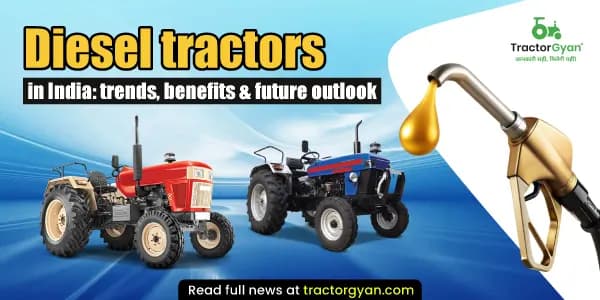




.webp&w=2048&q=75)
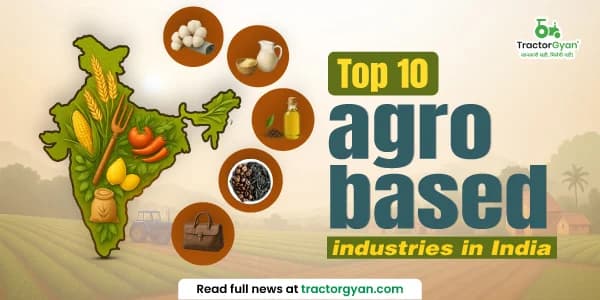
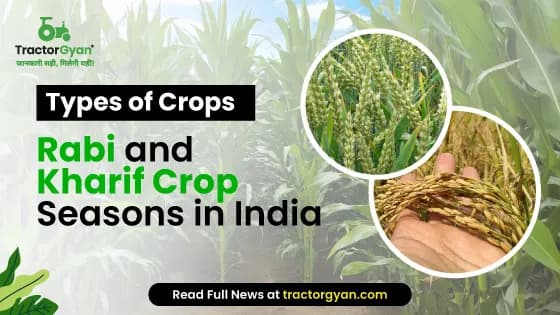


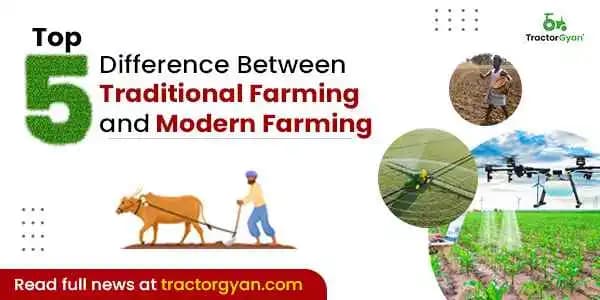
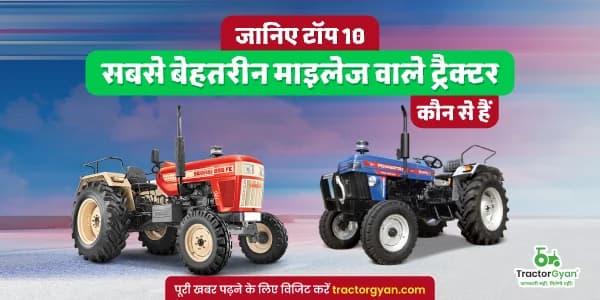
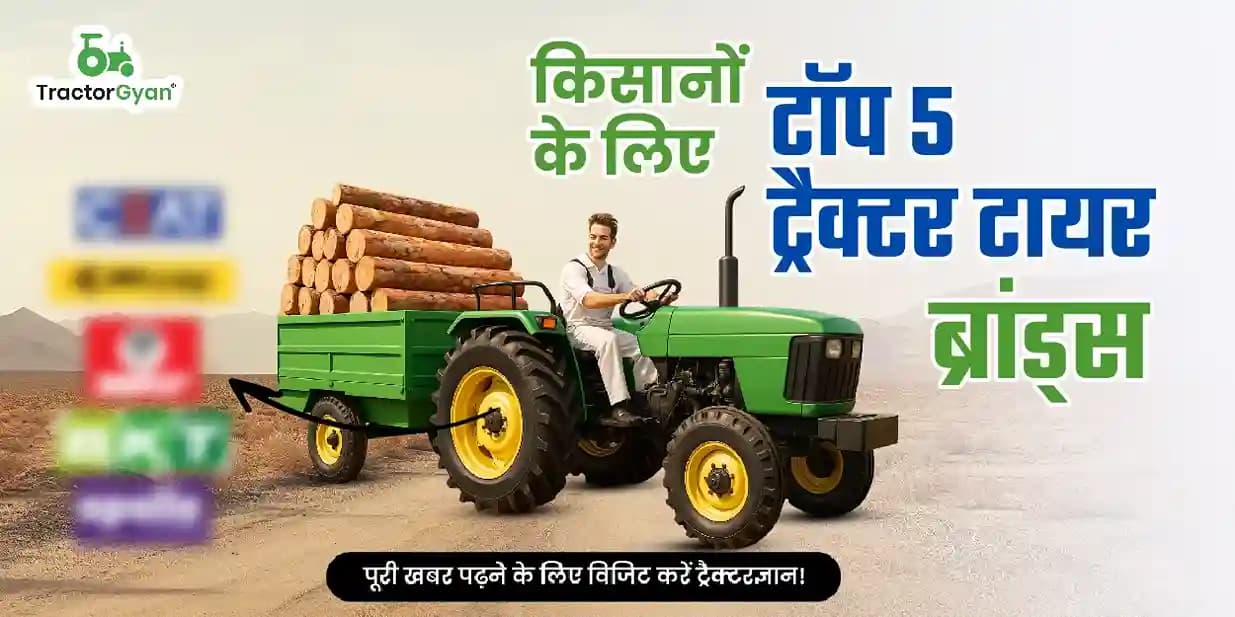

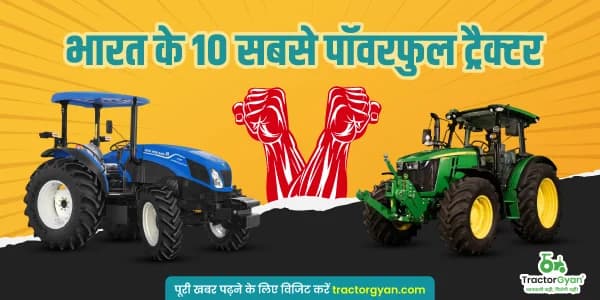
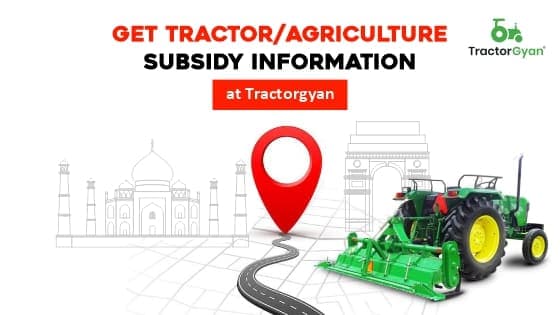
.webp&w=2048&q=75)
.webp&w=2048&q=75)
